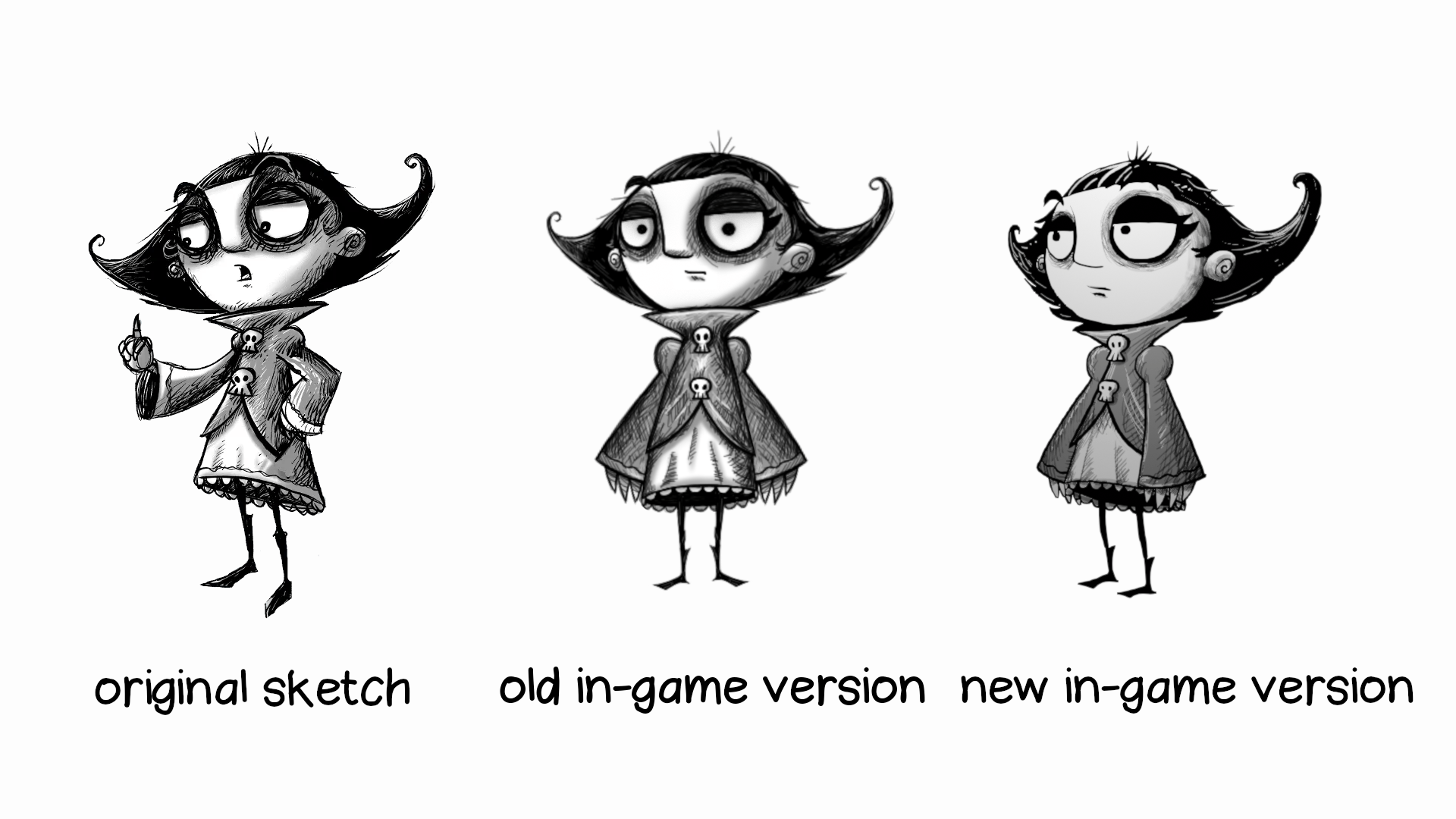The Story so Far 1/3
Everything you never wanted to know about me.
Wait, what?
Well, although you’ve read correctly, I think I should rather say “I hadn’t been a game developer until 2016”. Back then I was working as a teacher at a local high school (which I still do and love doing), teaching English and Philosophy. However, I had always been dreaming of creating games since I had been a little kid. This is why, in a burst of determination, I bought a book on game design, which was Jesse Schell’s “The Art of Game Design” (highly recommended) and then it happened: pure magic. Okay, it wasn’t real magic, but Schell suggests in his book, in order to become a game designer, you just have to say the “magic words”. And so I did:
I am a game designer.
I felt a rush kicking in. I felt great. Smarter. More aggressive. I felt like I could… like I could… like I could take on the world! (If you get this reference, this means you’re in exactly the right place.) The only thing I couldn’t do, unfortunately, was actually making a game.
Luckily, in our modern times, there are pretty neat tools that make game creation accessible to the aspiring. The one I chose is called “Visionaire Studio”, which is a German game engine that specializes in the creation of adventure games, the genre I love since my uncle had gifted me a copy of Day of the Tentacle when I was 10. If you’re not familiar with what a game engine is, imagine it as a software editor that enables its users to create games without in-depth programming skills (at least to a certain level of complexity). Actually, there are countless adventure game engines, offering exactly this (Adventure Game Studio or the Unity Plug-In Adventure Creator, just to mention two of them). The reason I went with Visionaire was that it felt most user-friendly and intuitive to me and, I have to confess, because it was the engine Daedalic worked with, the German adventure game developer at the time, famous, for instance, for the Deponia series. But, even though my original decision might have been a little fanboyish, I didn’t regret it and I’m still using Visionaire to make PRIM.
So, I had said the magic words and I had found the right software. What came next?
Learn about my first steps as a game developer and the first three short games I made in the next issue of (drum roll) the PRIMlog, which will be out next Wednesday.
Also, if you’re a fellow game developer, I’d love if you left a comment below on how your journey started and which game engine you prefer!
Stay healthy, guys!
Jonas (CMMN CLRS)









